
By Alicia Lynch
You walk into the gallery and begin admiring the sculptures on display. The pieces are made of metal wire, wheels, and mechanisms. Some with little animal figures. Many of the sculptures have paper wings. They seem to be a mixture of mechanic and animalistic forms.
When suddenly, the wings start to flap. The animals begin bobbing up and down. What sounds like a 1920’s radio shouts the play-by-play of a baseball game, and you realize the sound is coming from one of the mechanical sculptures.
This is the kind of experience David A. Lang has created with his kinetics exhibit in the Hammond Art Gallery at Fitchburg State University which opened on September 17th.
His work is almost interactive, coming alive and speaking to you due to the hidden motion-detectors that he incorporates.
They ooze profound meaning, but simultaneously seem absurd. Figurines of pigs fly while seahorses bob up and down on top of an automobile with large, wire wheels. Paper wings flap the air, trying to lift the wire wheelchair off of the exhibit platform.
This exhibit is a product of Lang’s extensive scientific background, accompanied with his personal struggles and triumphs in life. Lang earned his Bachelor’s degree in Biology at Fairfield University and went on to graduate school at Mass General Hospital for medical illustration. He then worked at Harvard as a scientific illustrator.
“I was always hanging out with scientists and people who make things happen.”

Lang had also been a flight instructor for twenty three years and a professor for thirty before he suffered a stroke. He states his work with kinetics came about after he retired from his work as a professor.
“Out of the blue, I had a stroke. I had to learn everything over again, how to walk and talk. My first grandchild was learning how to walk at the same time I was.”
He explains how the idea of wheels and wings came to him during his recovery,
“I couldn’t draw, paint, or sculpt. I had trouble moving around. At this time I could picture making wheels and wings. So I started building things that had to do with spirituality and imagination. The wheels came to represent time. In many ways the work became autobiographical. I started building things that could move the way I wanted to. My interest in kinetics started after I had a stroke, as a means of honoring the things I missed; to move and to fly.”
His sculptures have an otherworldly aura about them. A slow, smooth wistfulness that leaves viewers feeling both awed and contemplative.

February 16, 2024
February 16, 2024
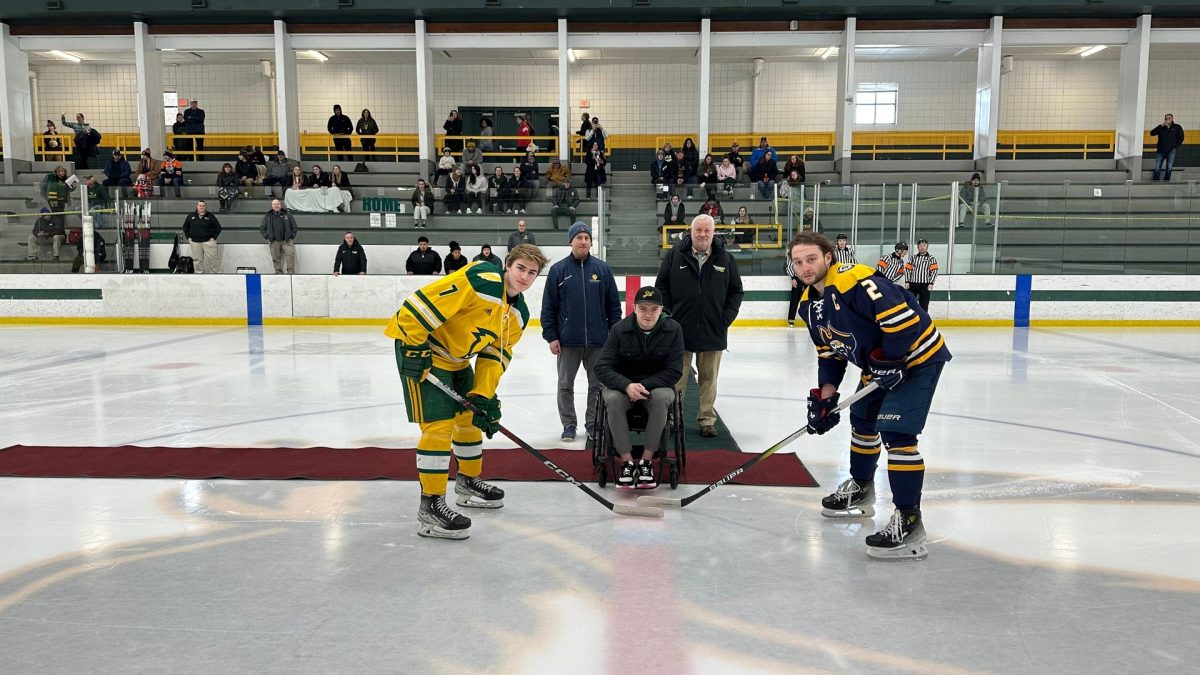
February 16, 2024

February 16, 2024
Trending Stories
The mechanical pigs of Hammond's art gallery
October 27, 2014
View Comments (1)
More to Discover


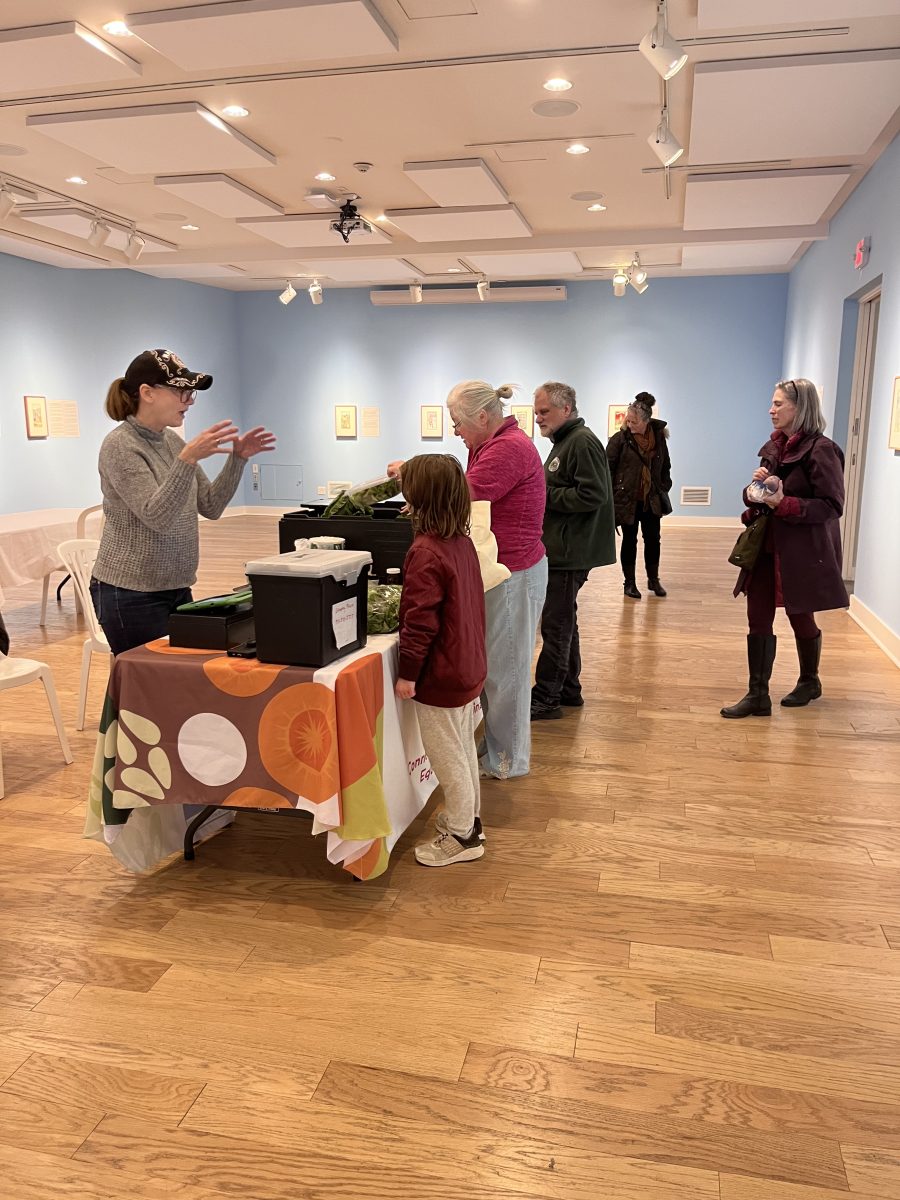
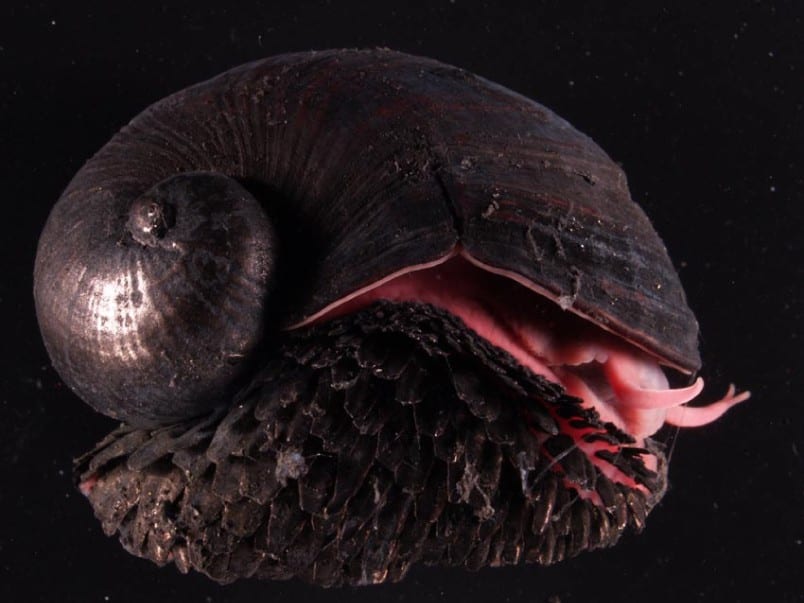


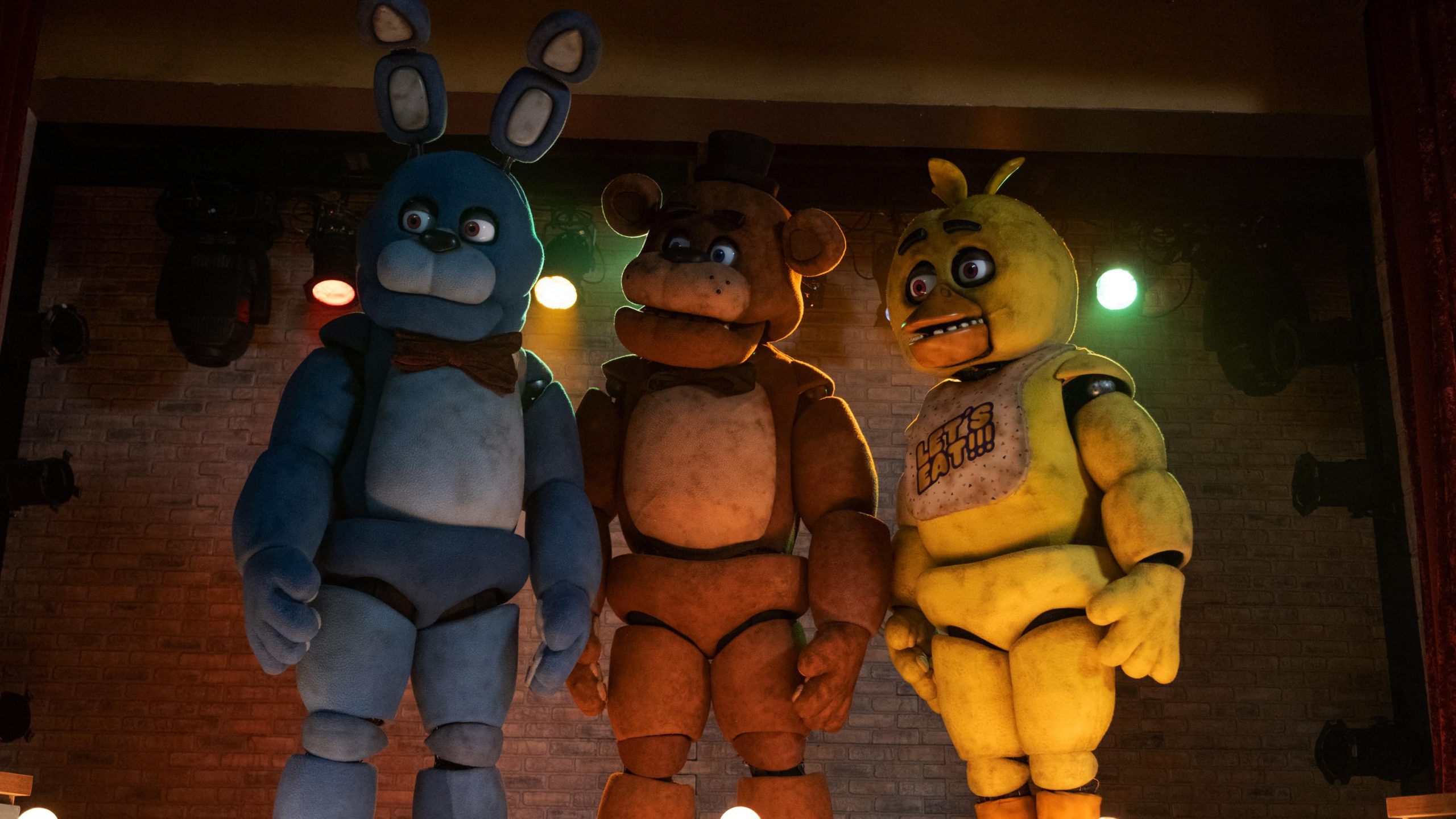


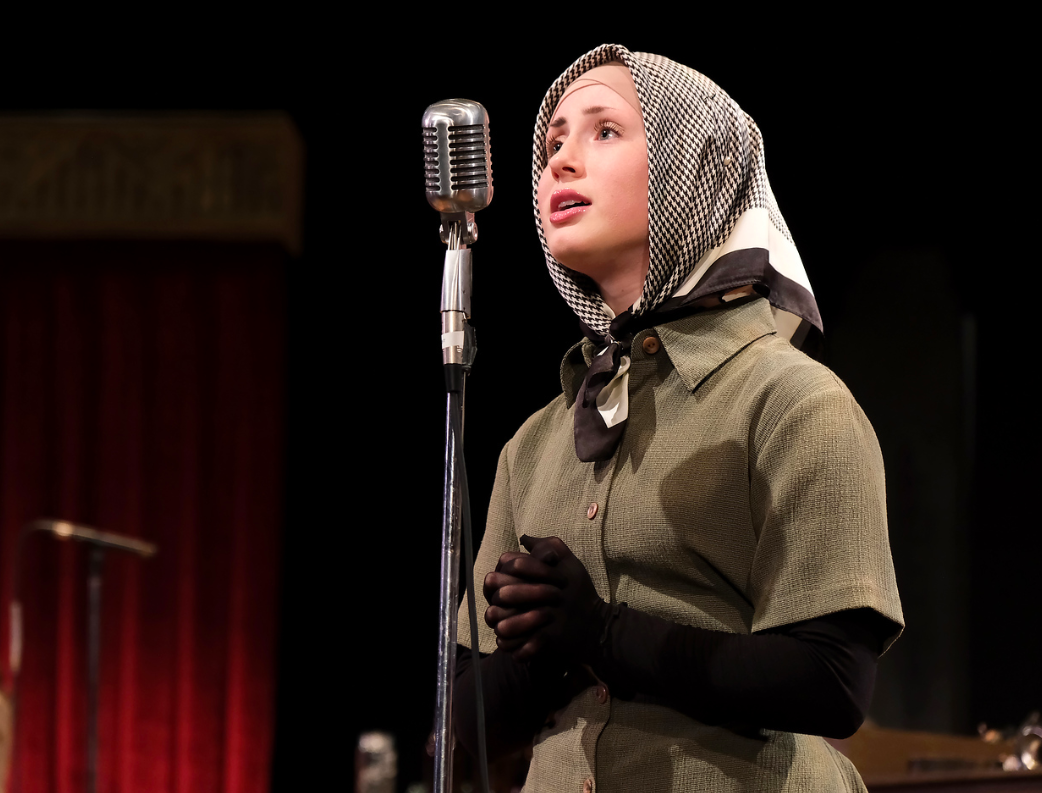
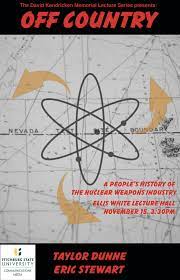

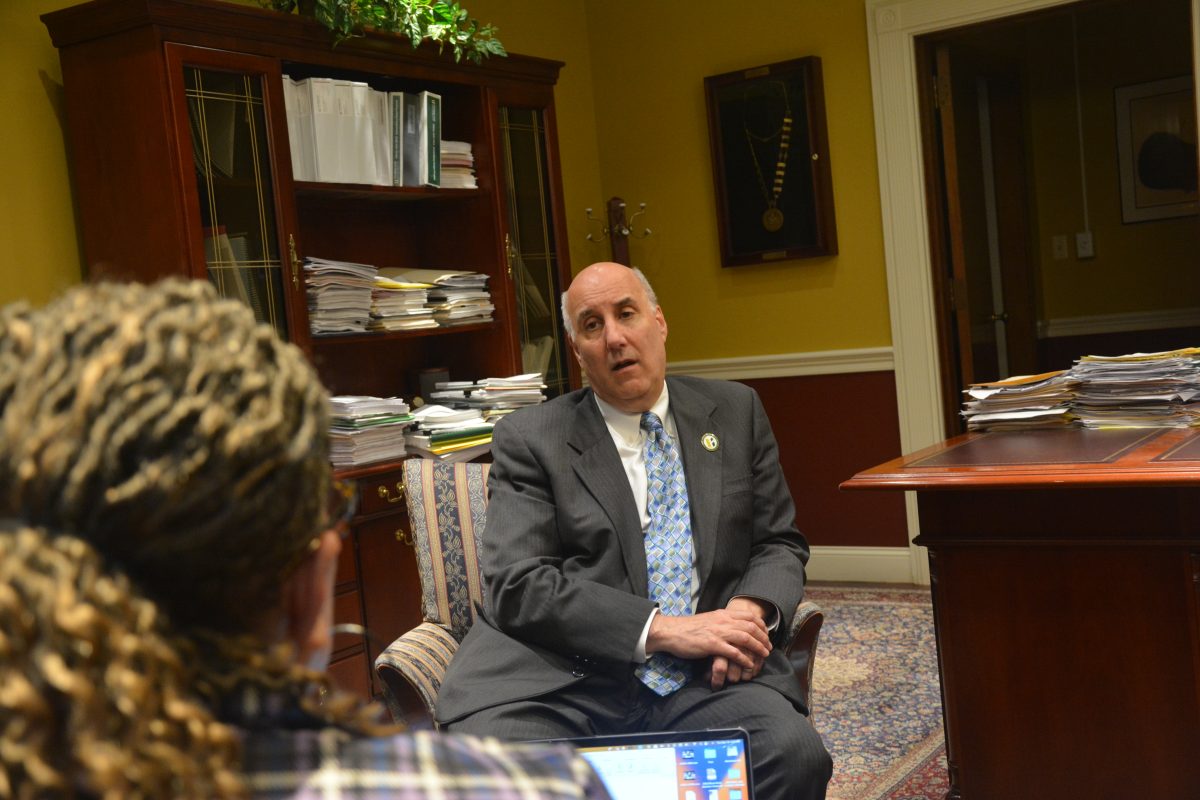
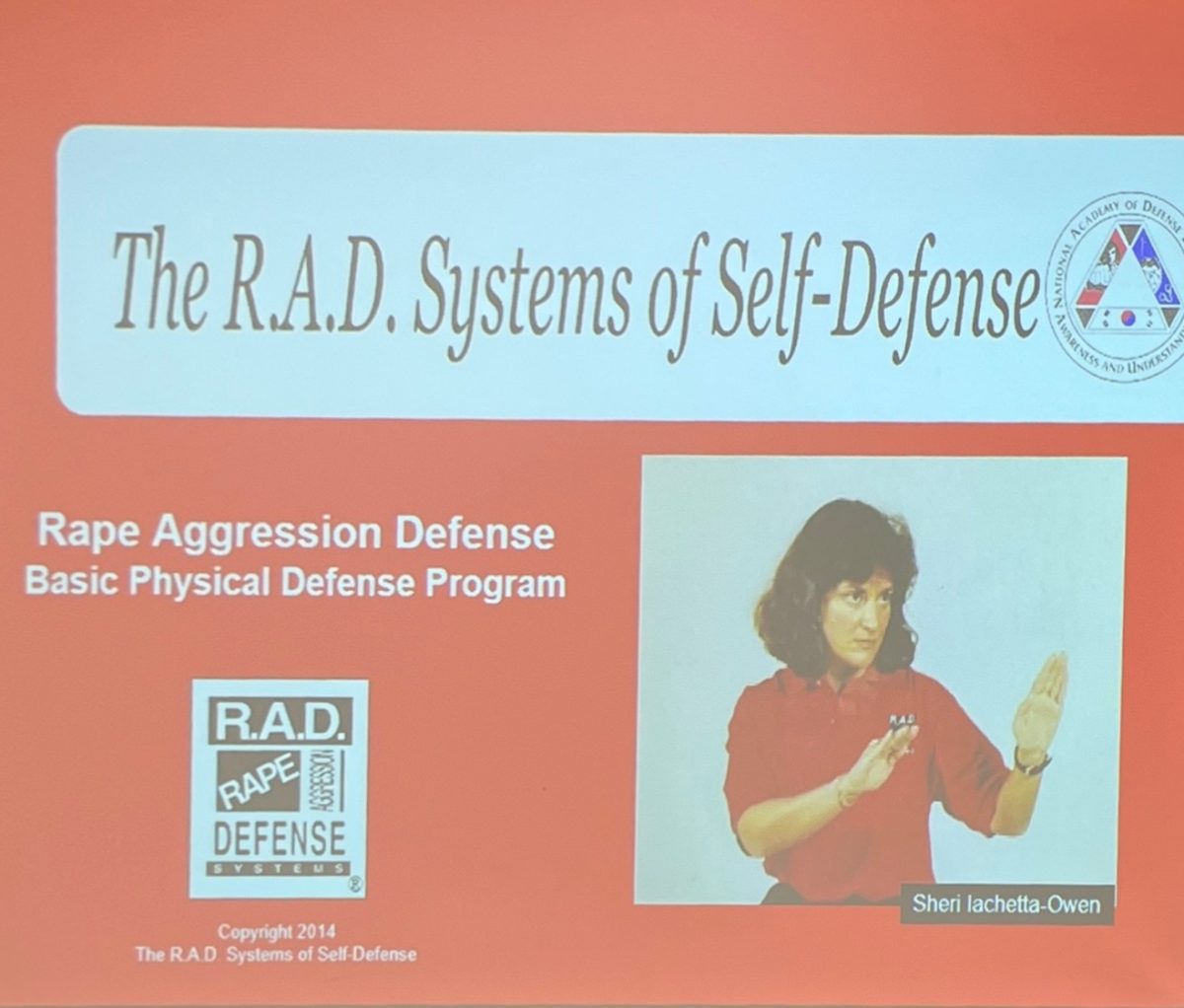

Crystal • Oct 28, 2014 at 2:53 pm
Loving it